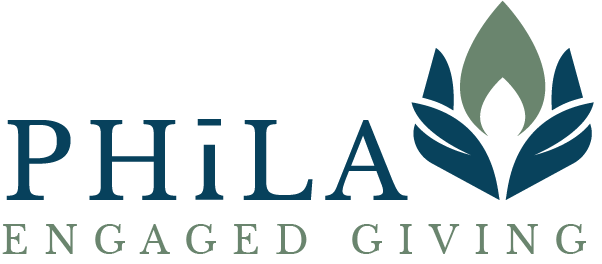At the outset of the pandemic, Washington State bore the brunt of the coronavirus in infection rates and death. As we are now flattening the curve, other states are taking our place and those with a larger percentage of poor residents (especially Black poor) are not only being hit hard, they are being hit worse because of political and social realities. Among the social realities is philanthropy. Along with generally progressive state governments, philanthropy on the west coast has played an outsize role in mitigating the harm imposed by the pandemic. It’s wonderful and I am truly grateful. But I had to ask myself: What about those places that are not home to so many billionaires and their trillion-dollar-valuation companies (Amazon)? How far does philanthropy’s largesse reach when when we need to help ourselves too?
I looked in my own backyard first for answers. Towards the end of March, civic leaders, the Mayor’s Office, and the Seattle Chamber saw the writing on the wall and decided to act quickly. Kirkland, a bedroom community east of Seattle, was the epicenter of the outbreak and the coronavirus was wreaking havoc. They created a fund called All in Seattle and asked everyone in their networks to double down on their support of non-profits and, if they were so inclined, support their newly created fund. Support they did. In a mere two weeks, All in Seattle managed to raise over $30 million dollars for area non-profits.
At the same time, The Seattle Foundation created its COVID-19 Response Fund and it raised another $20 million for community-based organizations. Starbucks founder Howard Schultz and his family foundation announced their initiative, The Plate Fund, which raised $7 million to help restaurant industry workers with basic needs by giving gifts of straight cash. On top of these funds, we have smaller regional community foundations nearby that raised hundreds of thousands of dollars. And lastly, this list does not include “specialty funds” like Artist Trusts’ ($550K) and Seattle Artists Relief Fund ($300K) for artists (gig workers and creatives with no outlet for their choreography, compositions, or paintings).
I am constantly amazed by the incredible generosity and overall engagement of Seattle’s citizenry, but never more than I have been recently. It has been the single most important reason I choose to call this city my adopted hometown. But for those of us who live here, we can be easily deluded into thinking that this is how it is everywhere. As we all know, it’s not. The coronavirus has, as Jeff Bezos has said, “turned over the log” and brought to light what was hidden in the darkness for those who chose not to look. Lurking in the dark spaces is our country’s long-held racial and economic inequities that affect one’s access to healthcare, childcare, justice, and fair wages. New data and an onslaught of news articles are showing how this pandemic is playing out for those with the least. African-Americans, Native-Americans, and the undocumented are all being infected and dying at a rate far beyond their representation in society. So what can philanthropy do?
I co-wrote an article for Giving Compass, the philanthropic knowledge center, with Stephanie Gillis of The Raikes Foundation which attempts to provide an answer to that question. It is right and noble for our instincts to guide us toward directing our giving to the places that we call home. As the adage states, that is where charity begins. But, when we take the time to acknowledge the unique capacity (financial, political, intellectual) of our home to take care of itself, we also acknowledge that we have enough to share with others beyond the confines of our proverbial backyard. This is the premise of the Giving Compass article. It encourages donors who give disaster funding to do two things: to give with a sense of abundance rather than scarcity, and to take advantage of data and information to also give where the need is greatest. It may not be nearby.
